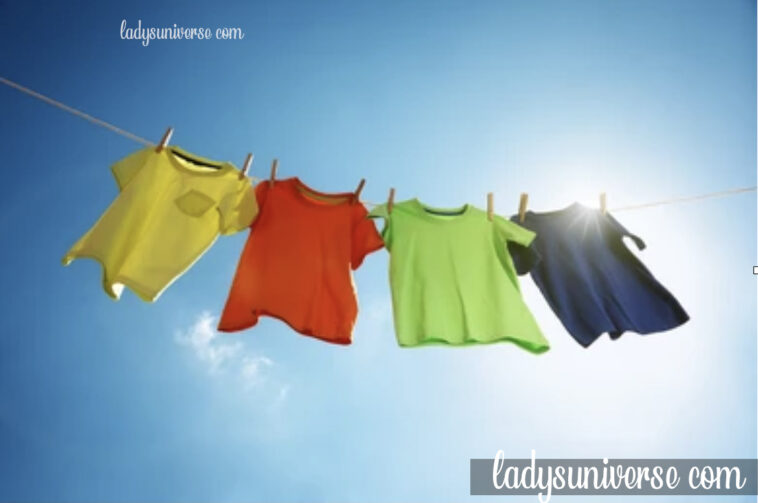Grease stains can be a regular concern if you often deep fry foods in the kitchen or spill food at mealtime. Finding a way to remove grease stains quickly can help you hold onto more treasured pieces of clothing.
Cooking oil and grease stains ruin clothing fast. Whether you’ve dropped a piece of food in your lap at the dinner table or splattered grease along your sleeve as you are cooking, getting the grease out is tough. Luckily, several methods for removing grease stains from clothing items use nothing more than commonly found household items like laundry detergent, corn starch, and baby oil.
In this article, we will share some tips for quickly removing grease stains so that you can be prepared for the next time you get a food stain or need to rescue a piece of clothing from splattered on grease.
Contents
- 1 Warm Water Only:
- 2 Specialty Fabrics Like Chenille:
- 3 Corduroy Garments with Grease:
- 4 Cotton and Linen Grease Stain Tips:
- 5 Tips for Removing Grease Stains From Leather:
- 6 Removing Grease Stains From Synthetic Fabrics:
- 7 Removing grease from Velvet:
- 8
- 9 Getting Stains out of Suede:
- 10 How To Remove Grease Stains From Wool:
Warm Water Only:
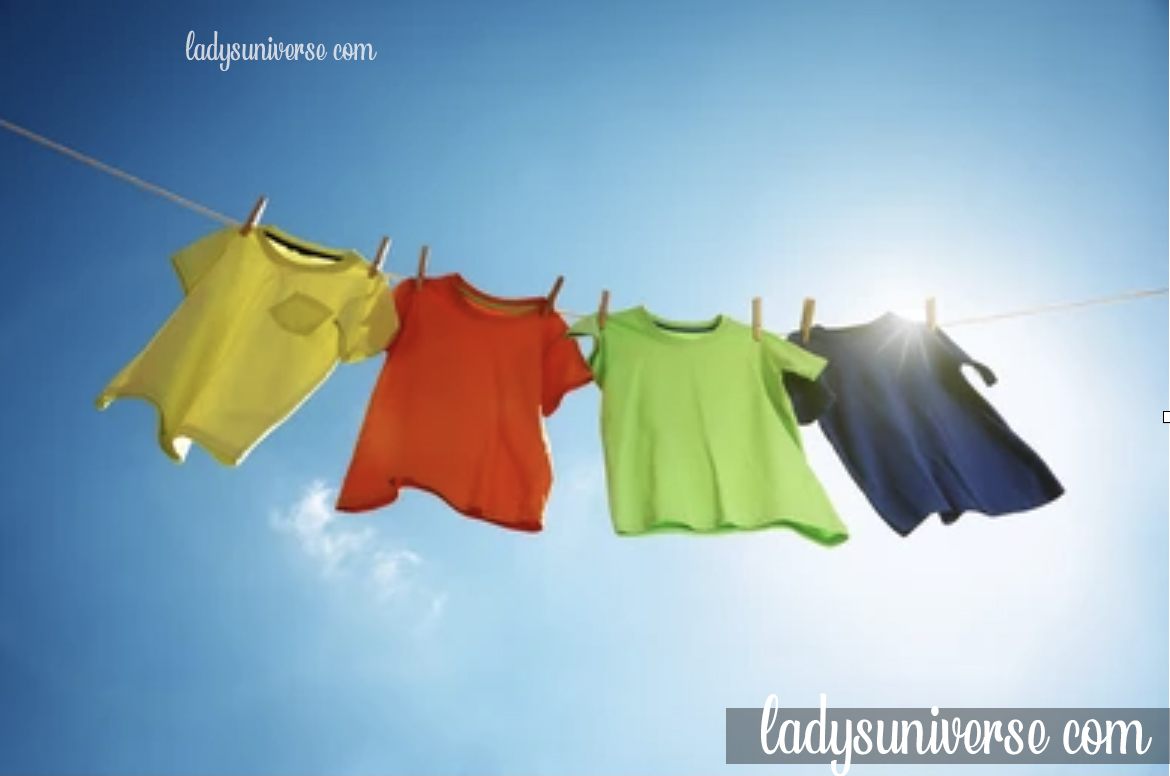
Cooking oil and grease will bind into fabrics quickly when it has the chance to solidify. Washing the affected area of a grease stain with warm water will ensure that the oil does not have a chance to bind into the fabric’s fibers and set.
If you get a grease stain, wash the piece of clothing with the stain immediately with a warm water and detergent mixture. Hand wash and dab at the grease stain and warm water with the soapy solution until it fades, and then hang your garment to dry. When drying any garment that has been hit with a grease stain, keep it out of the dryer until you have seen the stain fade, as placing the garment in a tumble dryer with heat will set the stain in more permanently.
Specialty Fabrics Like Chenille:
The warm water and detergent method may work fine for cotton garments, but specialty fabrics like Chenille require extra absorption for your grease stain. With Chenille items, you must immediately treat the stain with baby powder or cornstarch. Apply the powder and let the stain soak into the powder for at least five minutes. Once the powder has absorbed the grease, brush away the powder.
After the powder treatment, follow the instructions on the label to clean the garment without damaging it. If you get a large grease stain on Chenille fabric, it can be difficult to thoroughly soak up the grease stain with just one powder treatment. You may need to reapply the powder several times and brush it away to capture all the grease.
Corduroy Garments with Grease:
Corduroy also has similar requirements to Chenille for removing a grease stain. If you have a Corduroy material with grease on it, treat it with baby powder or corn starch for 5+ minutes, and remember that if the stain is large, you may need to treat it several times. After the presence of the grease has been reduced with the powder, follow the washing instructions from the label and check to see if the stain is gone before putting your items in the dryer.
Cotton and Linen Grease Stain Tips:
Cotton is often easiest to clean with warm water and a detergent mixture. It is a resilient fabric that can be washed with warm water and gentle dabbing at the stained area. If you notice a grease stain on cotton, use a white washcloth and paste from powdered detergent and warm water, use pretreatment spray, or saturate the grease area with liquid detergent. Work at the grease stain with warm water and treatment and air dry the garment.
Always air dry a cotton garment with a grease stain and verify that the stain has dissipated before the garment drys fully to prevent the stain from setting in.
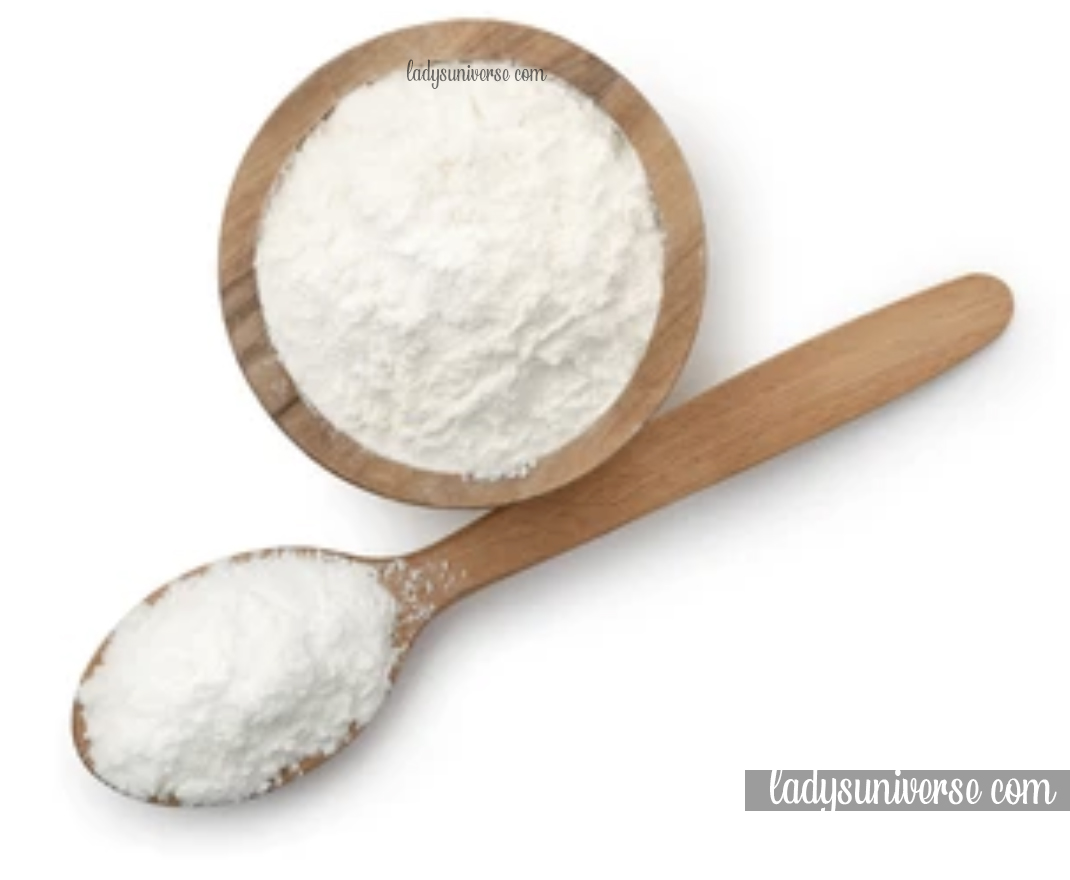
Tips for Removing Grease Stains From Leather:
Leather can soak up grease stains, and getting food stains on a leather coat or sofa can lead to a challenging stain removal process. Saddle soap can be a great tool to keep around if you have a leather couch, but you can also use baking powder or cornstarch if you stain a coat or have an accident without saddle soap around.
Blot at the grease stain on the leather and remove all excess oil. Treat the affected area with absorbent cornstarch or baking powder. Let the powder sit on the leather for a few hours with leather so it can effectively absorb the grease. Retreat the area with fresh powder if required, and finish off the stain removal by treating the leather with a cleaner and conditioner.
You can find a standard leather cleaner and conditioner at home depot or various hardware stores. The two-in-one cleaner sprays or wipes on and moisturizes the leather to prevent it from drying and cracking after the stain removal.
Removing Grease Stains From Synthetic Fabrics:
Grease made from synthetic materials such as lycra, spandex, polyester, or nylon requires a similar treatment to linens, but drying can be crucial with these fabrics. Many polyesters will also have washing instructions that must be followed after the grease is removed.
Treating the fabrics with warm water and liquid detergent can dissipate the grease, but the garments must dry as directed on the tag and should not be placed in the dryer as the stains will set in.
A recommended product for removing grease from these fabrics is an aerosol pretreatment remover, which can get deeper into the fabrics before the stain sets in. Because the spray option dispurses the cleaner further and through the fabric weave, it can cut more grease. Wash out the pretreatment with warm water and remove the remaining stain with chlorine-based bleach if the fabric is white or color-safe bleach if the fabric has colors.
Always air dry these fabrics if they have grease stains, as placing them in a tumble dry might expose them to set the stain in or damage the garment.
Removing grease from Velvet:
Velvet materials require absorbents to get grease stains out and must be air-dried. Start by soaking up as much of the stain as possible and brushing away grease with a paper towel. Use baby powder on the stain and let the powder sit on the stain for at least five minutes. Remove the powder and use a stain pretreatment solution rated for use with velvet.
Wash and air dry the item according to the manufacturer’s instructions after seeing the grease stain fade.
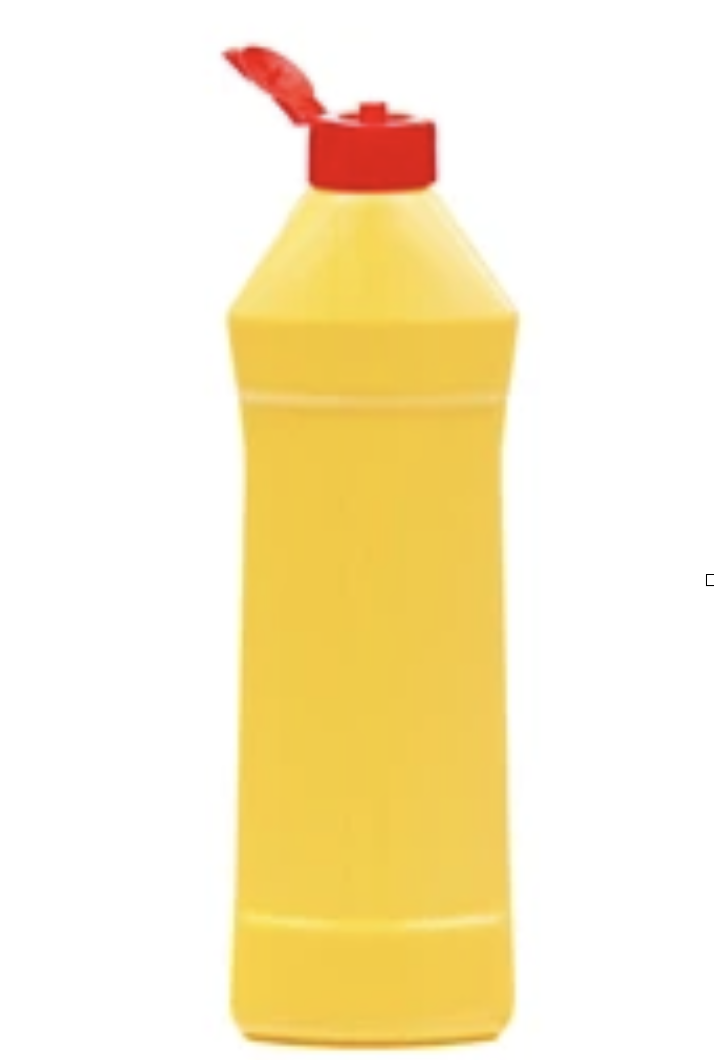
Silk is a highly delicate fabric when it gathers a grease stain. Remove as much oil as possible by blotting away the stain with a towel. After removing extra oil, place baking powder or cornstarch on the stain and let the powder sit overnight to soak up the grease.
If the stain is still prominent after the powder treatment, dab a clear dish detergent along the area and let the stain sit with the dish detergent for at least an hour. Blot the dish detergent on the silk with water to remove it, then blot the stain dry with a different towel.
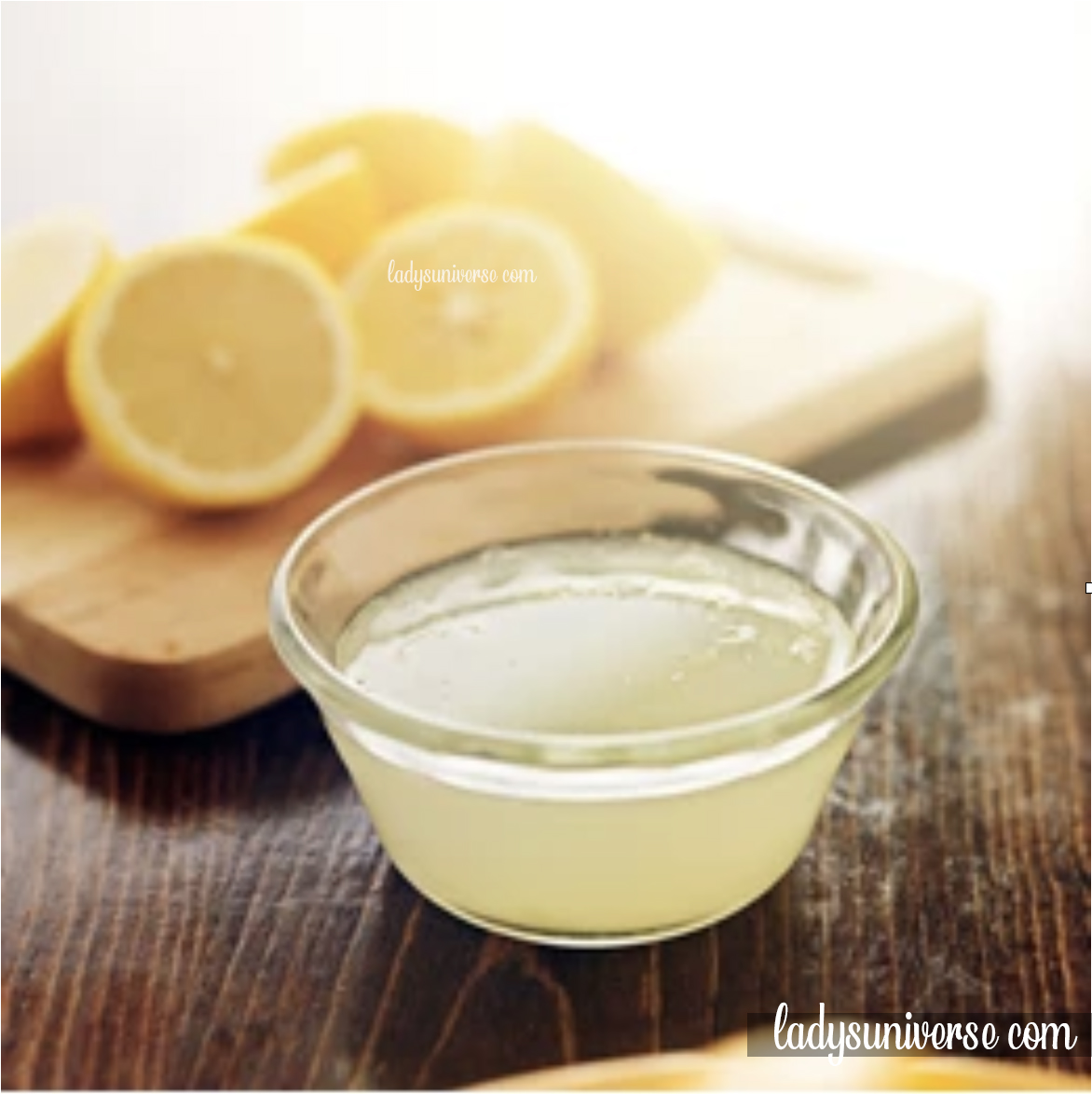
Getting Stains out of Suede:
Oil on suede can be more complicated to remove than oil on leather. Suede can be more absorbent than most treated leather and will show signs of grease stains easily. When treating suede, start with a cloth covered in ground cornmeal and rub along the stain in a circle. When the area is dried, brush off the extra cornmeal and powder with a wire brush.
If the stain continues, get some lemon juice and test a small area of the suede in a discrete place letting it fully dry for a few minutes. If the suede is unaffected by discoloration from the lemon treatment, you can rub down the stain with lemon juice and hold it over a steaming pot or kettle for a few minutes. After the steam has softened the suede, brush it with a wire brush again, and you should be able to remove the added layer of grease.
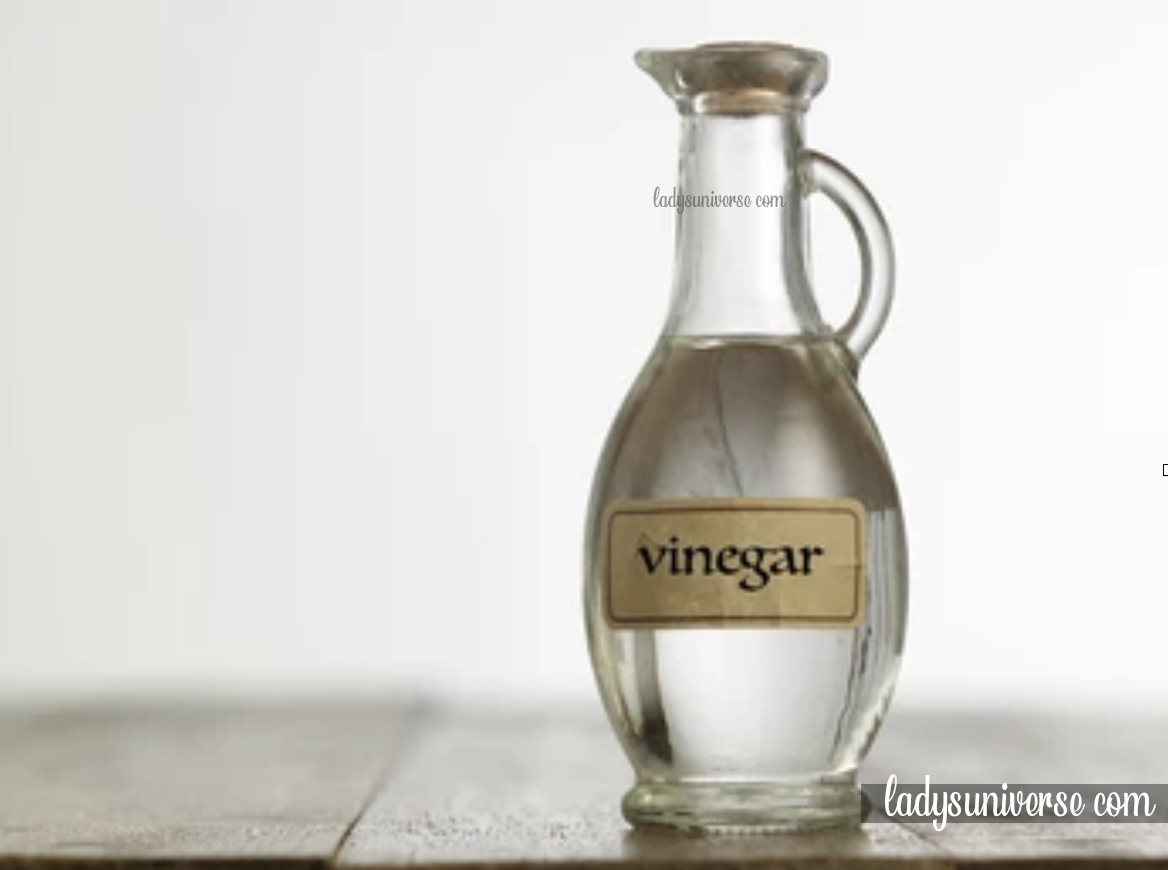
How To Remove Grease Stains From Wool:
Wool can quickly absorb grease, leading to difficult stains throughout your clothing. If you have a piece of wool clothing or a wool material that has absorbed a grease stain, remove as much of the oil as you can as soon as possible. Scraping off the grease and absorbing oil with a paper towel is a great start.
After removing the excess grease and marks, use cornstarch or baking soda along the surface of the wool to soak up more grease. These powders should be placed on the garment for at least one hour. Brush off the powder and reapply as required.
After the powder, mix up some detergent and vinegar in lukewarm water. Wool cannot be treated with warm water as it will shrink. Blot along the area with the treatment and then blot on clear water to rinse out the vinegar mixture. Clear up the moisture by blotting at it with an absorbent towel.
If the stain persists, use the powder again, then retreat with the detergent and vinegar solution until the stain fades.
Removing grease stains is never easy, but with these processes, you can save more of your clothing and furniture after a grease stain. Remember these top tips to prevent grease stains on your favorite items and react quickly when you spot a grease stain.


